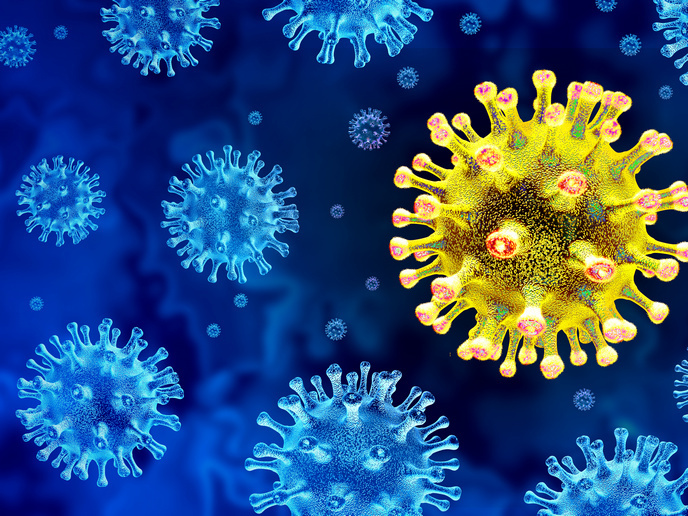The dangers of live vaccines
Bluetongue virus outbreaks in southern Europe have prompted the vaccination of animals most at risk. In a bid to be more effective, vaccines use strains of the live BT virus. The virus is weakened, or attenuated, to render the virus non-pathogenic but many experts believe that the use of live viruses may pose future problems. A group of scientists from the EU project 'Bluetongue vaccination' investigated exactly how. Genetic differences between types of animals affect susceptibility to the virus, for example. Project trials showed that even though virulence is disabled to a certain extent, certain breeds of sheep can show clinical signs of the disease. Use of live vaccines may also be inadvertently helping an evolutionary process to occur by creating new strains of the disease. When livestock have the disease and are then vaccinated, the different sources of viral material can combine in the affected animal to produce new virus strains. Proof of this came when the project scientists actually found previously unknown viruses in the field that resembled the vaccine viruses. As expected, the life cycle of the virus plays a major role in determining control strategies. Bluetongue is not contagious but spread by a so-called vector, in this case the midge Culicoides and this has far-reaching implications. The unprecedented spread of the disease to northern Europe is partly due to the increased range of the vector. The project team found that the vaccine virus can cause a level of virus in the blood, enough to infect the insect vector. The virus then multiplies in the midge, sufficient to transmit to another animal. However, the good news is that there is no evidence of an increase in the virulence or ability to infect while the microorganism is in the insect. Identification of risks from field conditions will help the agricultural authorities to formulate the most appropriate control measures against the disease. Sustainable vaccination programmes will no doubt be an important part of the overall recommendations and countermeasures.







